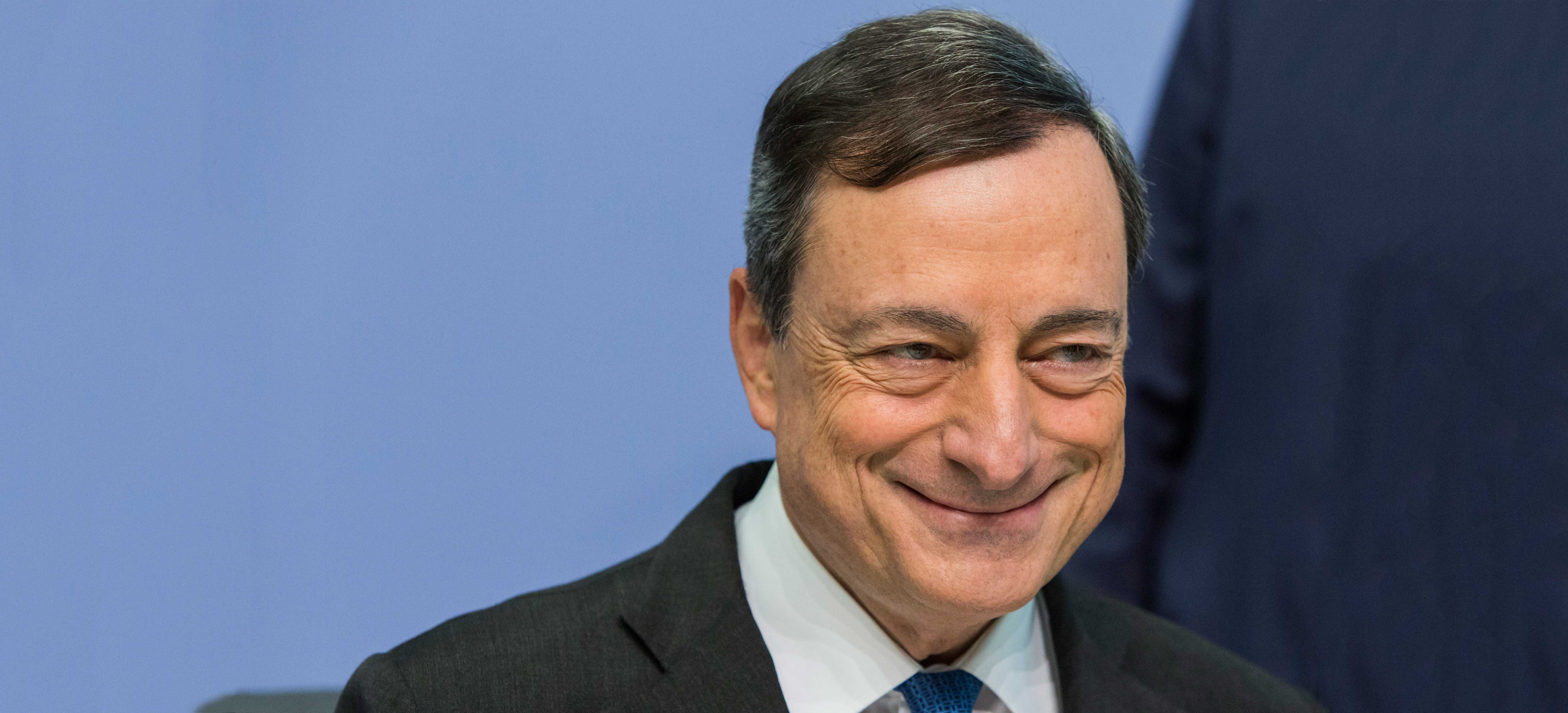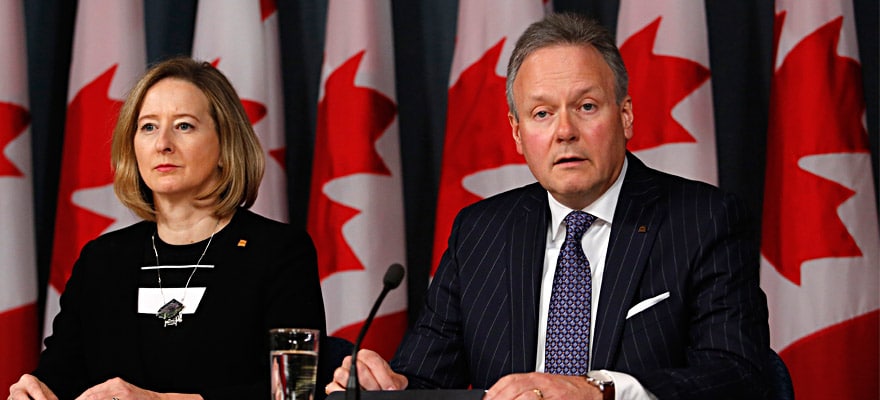The euro has resumed its downward trend against the USD in recent sessions, in line with the longer term fundamentals. The EURUSD has fallen over 600 pips from recent highs as of September 4.
The pair's rapid decline follows an equally rapid rally which saw it poke above 1.17 on August 24. The reasons for the prior rally are outlined below.
- USD weakness has caused a rally in EURUSD. This is on the back of the more dovish Fed minutes and slowing demand from China which is pressuring commodities and therefore inflation expectations. This means the market is pushing the probability of rate hikes back to December or possibly even 2016. The market has been massively short EURUSD for about 12 months; a slight unwind can cause aggressive upside.
- Recent weakness in commodity-linked currencies has made euro appear comparatively more attractive.
- The yuan devaluation caused short EURCNH carry trades to be unwound. Some traders had been using the euro as a funding currency, and with the CNH moving lower it prompted a mass exodus of these positions. Combined with this move we saw USD sell off as the market suspected that the PBOC's move to lower the yuan Exchange rate would send negative signals about global growth and decrease the chances of a Fed liftoff in September.
As outlined, the reasons for the euro strength are not associated with any long term positivity from within the euro area.
More QE?
At the ECB press conference on September 3, Draghi put forward a dovish communication, outlining the downside risks to inflation and stating that the Bank will use all monetary policy tools necessary to reach the inflation mandate of 2%. This means that should inflation fall further, the ECB will maintain QE for longer, and potentially add to its size.
The event also saw official forecasts of growth and inflation downgraded from the prior meeting. Draghi also announced that the ECB will now be allowed to buy up to 33% of a single bond issue, increased from the prior 25%. This gives them more flexibility in their bond purchases and is seen as strengthening of the QE process. The euro saw downside during and after the press conference with EURJPY falling 225 pips on the day, helped by a safe-haven bid into yen.
This bank communication reaffirms the euro's position as a bearish currency. However, given the uncertainty in markets it still has the potential to rally in a case of the market repricing Fed and BOE rate hikes; a delay in hikes will see GBP and USD fall and this will strengthen EUR by default.
Eurozone flash CPI for August was released on August 31. It showed all-items inflation - the ECB's mandated measure - increased 0.2% for the 12 months ending August 31 - unchanged from the prior two month's readings. The core reading increased 1% for the annual period. If core inflation exceeds this level it will be the highest since August 2013 when it printed 1.1%. We will be watching EZ inflation closely for further price changes in the context of falling oil.
August 14 saw Preliminary GDP y/y for Q2 come in below expectations at 1.2%. Yet this is up from the Q1 EZ growth of 1%. German GDP y/y for Q2 came in at 1.6%, up from 1.1% in Q1. These numbers indicate the Eurozone economy is at least expanding. However French GDP q/q for Q2 was flat.
What it all means
The massive bond buying program and near-zero interest rates means that the euro is fundamentally a weak currency. However to what degree this weakness has already been priced in is a more complex question. We saw EURUSD fall over 3,500 pips between May 2014 and March 2015, a manifestation of policy divergence.
CPI readings indicate inflation bottomed around March/April 2015 and since then we have seen euro rally against weaker commodity-linked currencies, however inflation still remains subdued. The long term bias for the euro remains to the downside.






















